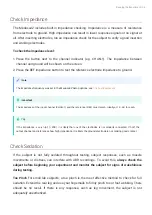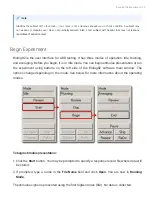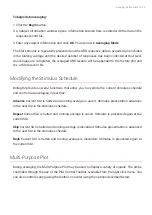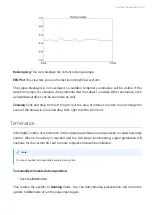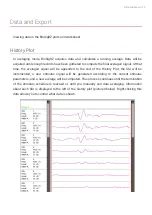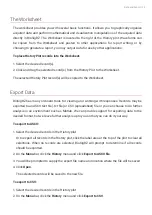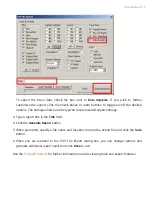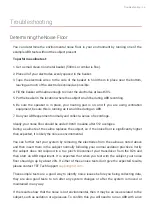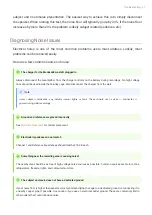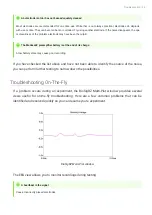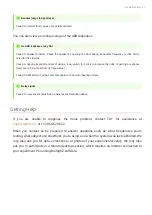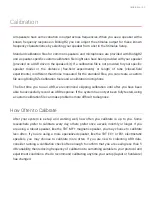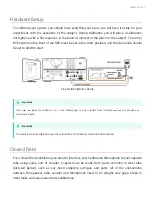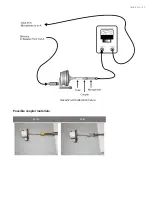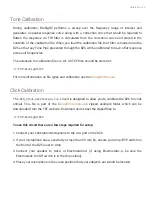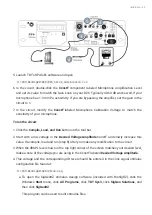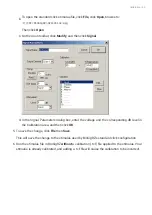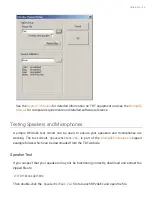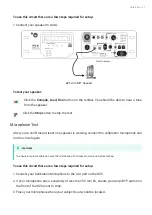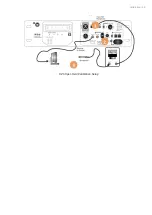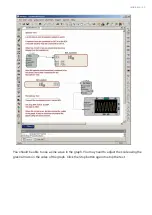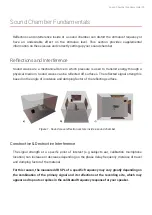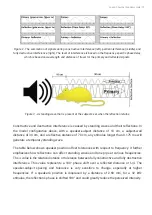
Troubleshooting
Determining the Noise Floor
You can determine the environmental noise
fl
oor in your environment by running one of the
example ABR tests without the subject present.
To perform a saline test:
Get a small, clean, non-metal beaker (500mL or similar is
fi
ne).
Place all of your electrodes evenly spaced in the beaker.
Tape the electrode wires to the side of the beaker to hold them in place near the bottom,
leaving as much of the electrode exposed as possible.
Fill the beaker with saline enough to cover the electrodes at least 50%.
Put the beaker in the location where the subject would be during ABR recording.
Be sure the speaker is in place, your heating pad is on, and if you are using ventilation
equipment, be sure this is running as it would be during an ABR.
Run your ABR experiment normally and collect a series of recordings.
Ideally, your noise
fl
oor should be under 100nV in saline after 512 averages.
During a saline test, the saline replaces the subject, so if the noise
fl
oor is signi
fi
cantly higher
than expected, it is likely the noise is environmental.
You can further test your system by removing the electrodes from the saline as noted above
and then insert them in the subject normally following your normal sedation practices. Verify
the subject does not respond to a toe pinch. Disconnect your transducer from the RZ6 and
then start an ABR experiment. It is expected that when you test with the subject, your noise
fl
oor should go up by about 20%. If either of these noise tests don't give the expected results,
please contact TDT Tech Support
These simple tests are a good way to identify noise issues before you being collecting data,
they are also good tests to run after any system changes or after the system is moved or
maintained in any way.
If the results show that the noise is not environmental, then it may be an issue related to the
subject, such as sedation or age issues. To con
fi
rm this you will need to run an ABR with a live
1.
2.
3.
4.
5.
6.
7.
Troubleshooting | 36







